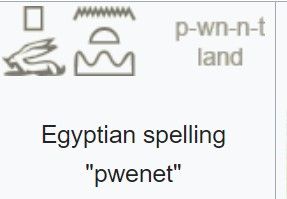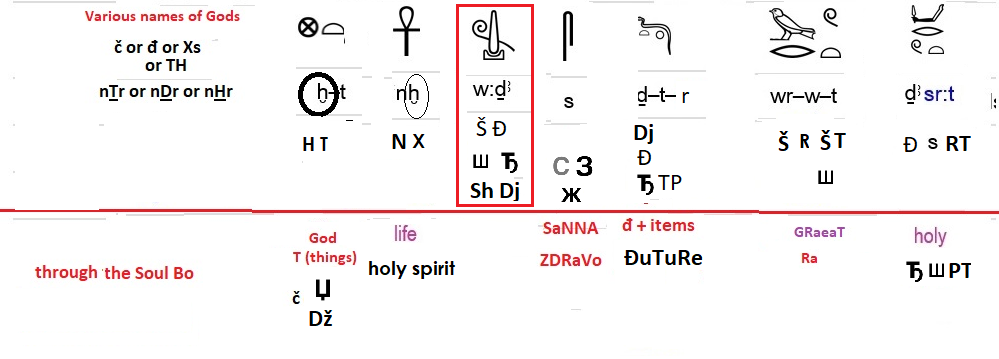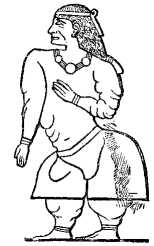Egyptian stelae 1,800 BC excavated in Malta in 1829 are from Egypt
Learning from Egyptian stelae from Malta Jeremy Young, Marcel Marée, Caroline Cartwright and Andrew Middleton Art, Education, Symbols and Signs, defaultIn 1829, four Egyptian stelae dated 1,800 BC were found on Malta
During the excavations for the foundations of the hospital in 1829, four Egyptian stelae came to light. They were excavated by Mr J.B. Collings, who sent them to the British Museum in 1836, where they have registration numbers EA 218, EA 233, EA 287 and EA 299.
"Based on their far-flung findspot, some have suggested that the stelae were locally made by Egyptian colonists who had settled on the island during the second millennium bc. This contribution argues that the stelae offer no basis for such historical reconstructions. Style, content and petrology demonstrate that all four stelae were made in Egypt and that they originally stood in the necropolis of Abydos in Upper Egypt. Microfossils show that these stelae are made of Egyptian limestones, which are of a different geological age to limestones available on Malta" Egyptian stelae from Malta.
The British Museum stelae suggest that each was destined to be set up in Abydos, the cult centre of the god Osiris. The stela EA 233, the British archaeologists tell us, principal inscription addresses ‘those living on earth, every wab priest, every lector priest, every scribe and every ka servant who may pass by this eternal stela’. Those reading tell all that they should recite an offering prayer for the benefit of all those commemorated on the monument. The version of the prayer inscribed on EA 233 invokes the king and ‘Osiris, lord of Abydos’
On EA 233, between the two deities, the living king is also represented – through a cartouche. This contains the thronename of Amenemhat III, who is said to be ‘beloved’ of both gods; his mention dates the stela to c.1855–1808 bc

Upper part of stela EA 233 from the Twelfth Dynasty, from the reign of Amenemhat III (1855–1808 BC) in British Museum
It has been suggested that the stelae came to Malta in Roman times or at some other point...

Pwenet ancient Punt sacred Land to Egyptians spelling

Ancient Egyptian hieroglyphics for victory life gods prosperity from Rosetta Stone

Stela EA 287 from the late Eighteenth Dynasty, most probably from the reign of Amenhotep III (1390–1352 BC) found in Malta now in the British museum







Egyptian stelae 1,800 BC excavated in Malta in 1829 are from Egypt No comments on Egyptian stelae 1,800 BC excavated in Malta in 1829 are from Egypt: